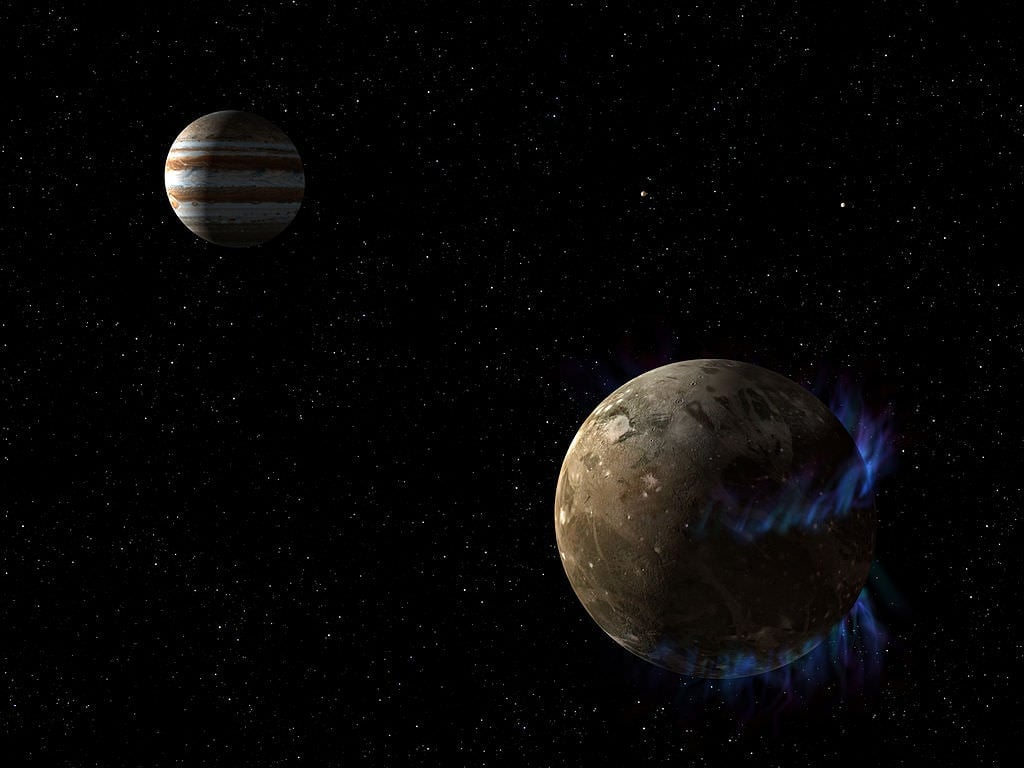
A recent study from researchers at the University of Bern delves into the formation processes of the Galilean moons orbiting Jupiter, offering new insights into how large moon systems come into being. The chapter, authored by Yuhito Shibaike and Yann Alibert, discusses the challenges and theories surrounding the formation of these moons, which include Io, Europa, Ganymede, and Callisto.
Understanding moon formation is complex, especially when compared to the more established knowledge of planet formation. While scientists have a general understanding of how Earth’s Moon was created through a violent impact, this scenario is not representative of most large moons, particularly those around gas giants like Jupiter. The study highlights the significance of the circum-Jovian disc (CJD), a structure analogous to the circum-stellar disc (CSD) that surrounds the Sun. This disc contains gas, dust, and the moons themselves, shaping their evolution in ways that remain partially understood.
The research identifies three key differences between planet and moon formation. First, moon formation occurs much more rapidly—estimated at between ten to one hundred times faster than the process for planets. Second, the system continuously gains material from the surrounding CSD while simultaneously losing it to Jupiter, which exerts a strong gravitational influence. Lastly, large moon systems are rare; only Jupiter and Saturn provide examples of such configurations, with no confirmed multi-exo-moon systems discovered yet.
The authors propose a three-step model for the formation of the CJD. Initially, the CJD forms with gas and dust, potentially following a “minimum mass model” that dates back to the 1980s. This model suggested a static disc containing roughly the mass of the Galilean moons. In 2002, a revised theory emerged, positing a “gas-starved disc” scenario, where the CJD was initially material-poor but received additional mass through gravitational capture from the CSD. This gravitational interaction is believed to be crucial for the development of Jupiter’s moons.
Jupiter’s size and mass complicate the accumulation of material in its vicinity. Known as the largest planet in the solar system, it effectively clears its orbital path, including small rocky bodies referred to as “pebbles.” The study suggests that moons could form from smaller dust particles that survive Jupiter’s gravitational pull, although the efficiency of this process remains debated. Another possibility involves “planetesimal capture,” where Jupiter’s gravity captures larger bodies that would otherwise become planets, redirecting them to become moons.
The Galilean moons exhibit distinct characteristics that may provide clues to their formation. For instance, Callisto does not resonate with Jupiter in the same way as its three companions, leading to speculation that it formed under different conditions or underwent a significant impact that altered its trajectory. While Callisto shows signs of being partially differentiated, meaning it has separate layers like a core and mantle, the other moons are more fully differentiated. Some models suggest Callisto could still be in the early stages of formation and may evolve to resemble its peers over time.
The questions surrounding the formation of these large moon systems will persist until more data becomes available. The upcoming Jupiter Icy Moon Explorer (JUICE) mission is expected to provide valuable information, yet it will only yield one or two data sets to analyze. As technology advances and exoplanet-hunting telescopes evolve, the scientific community anticipates the discovery of exomoons, which could further illuminate the processes that shape these celestial bodies.
In summary, while significant questions remain about the origins of Jupiter’s Galilean moons, ongoing research and upcoming space missions promise to deepen our understanding of moon formation in our solar system and beyond.







